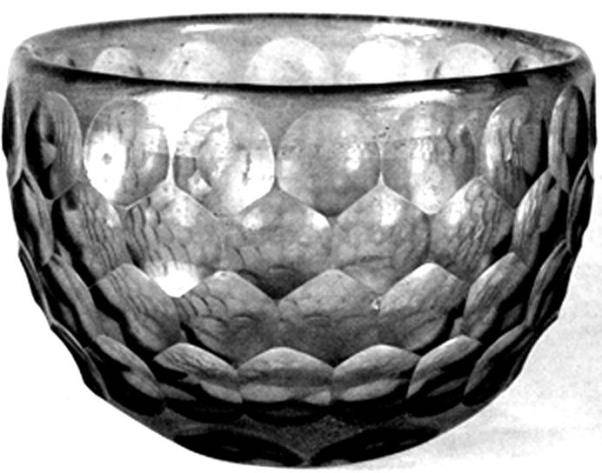History of Glass
Glass can be traced back to ancient Egypt, with beads of glass being found in the tombs of great Pharaohs.
It is believed that glass was an accidental discovery, being the by-product of metal production. But very soon the true value of this ‘by-product’ was realized and glass became more and more vital in human history over the centuries.
Archeologists have found evidence of glass production throughout the history of the world, from Romans to ancient Chinese.

Obsidian, naturally occurring glass, was used throughout the Stone Age, but it was the late Bronze Age when the technology to produce glass is believed to have advanced.
Glass was very much a luxury item and it is believed that production was halted due to disasters that occurred to late Bronze Age civilizations.
The Hellenistic period saw a resurgence of glass production as is evidenced by the following quote from Pliny the Elder:
“The tradition is that a merchant ship laden with nitrum being moored at this place, the merchants were preparing their meal on the beach, and not having stones to prop up their pots, they used lumps of nitrum from the ship, which fused and mixed with the sands of the shore, and there flowed streams of a new translucent liquid, and thus was the origin of glass.”

The first century BC saw glass blowing being discovered and due to the purity of the sand the Roman Empire was able to make glass not only functional but affordable. Glass in essence became the material that Romans used habitually for all purposes.
Discoveries from the Anglo-Saxon, Chinese, Indian, Arab, Medieval Europe and Roman periods show the advancements made by glass manufacturers in all of the regions of the world. An Arab chemist from the 8th Century left ‘recipes’ for 46 varieties of glass. An early glass manufacturing location was discovered in the United States which shows that immigrants brought their knowledge, skills and tools for glass work with them, though at first most glass was shipped from England to the New World.
The manufacture of glass has continued to evolve to this very day, with discoveries and advances allowing glass to be used for industry and design.


